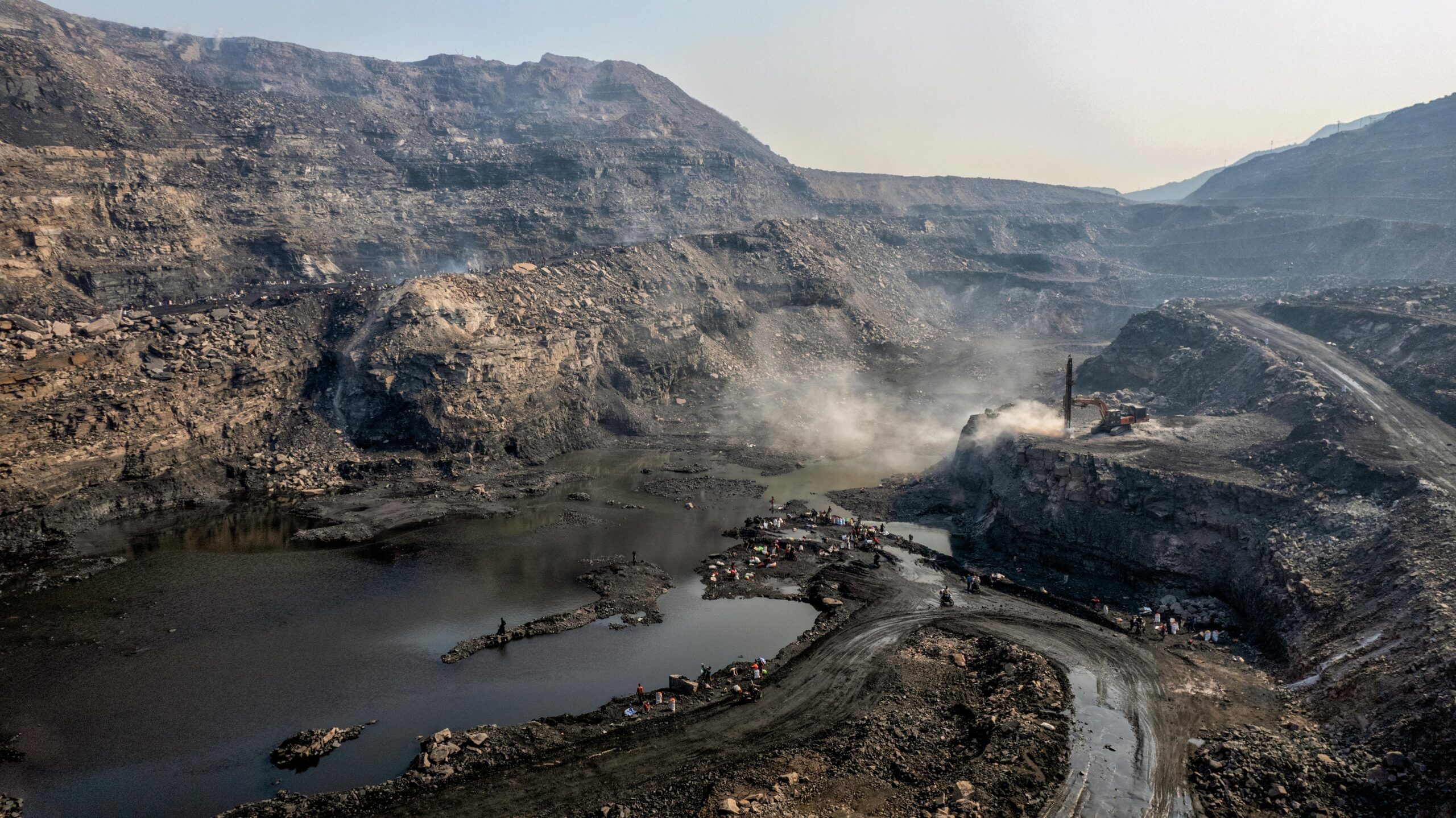The Thurlestone Shipping team had the opportunity to attend Coaltrans Asia 2024, where industry leaders, traders, and experts gathered to discuss the future of the coal market. Numerous topics were discussed, from shifting supply chains to the energy transition and future demand outlooks. One of the key discussions covered was the growing role Mongolia plays in China’s coking coal arena, and the impact this is having on global trade dynamics.
Mongolia, a landlocked country bordered by Russia and China, relies entirely on land or air-based trade routes. While any increase in Mongolia’s exports have a direct impact on land-based trade volumes, they can also have an indirect impact on China’s seaborne trade volumes, if more price competitive Mongolian supplies displace other overseas suppliers in the Chinese market.
Coking coal, also known as metallurgical coal, is a type of coal used primarily in the production of coke, which is a key input in the steel-making process. In August 2024, China imported 4.7 million tons of coking coal from Mongolia, accounting for 44.1% of its total coking coal imports that month. In contrast, imports from Australia stood at 0.6 million tons, representing just 5.2% of the total. This marks a significant shift from August 2020, when China was importing 3.07 million tons of coking coal from Mongolia, or 42.9%, compared to 3.02 million tons from Australia, which made up 42.1% of the total imports at the time.
A reason to explain the aforementioned shift is China’s informal ban on Australian coal, which was implemented in late 2020 amid rising diplomatic tensions between the two nations. This led China to diversify its coal import sources, with Mongolia emerging as a key supplier due to its geographic proximity. The ban significantly reduced Australia’s market share, which led to China to rely more heavily on Mongolian coal, resulting in the substantial shift in import patterns.
Even though China has since lifted its informal ban on Australian coal, Australian coking coal volumes to China have failed to recover to pre-ban levels, as Mongolian coking coal remains a cheaper alternative to Australian coking coal. In addition, the shift comes at a time when the outlook for China’s steel sector remains bleak amid a prolonged downturn in their real estate market. As a result, Chinese steel mills are even more likely to seek cheaper alternatives, such as Mongolian coal, to safeguard their margins amid weak demand.
It is worth noting that Australian coking coal is primarily transported on Capesize and Panamax vessels. Mongolia had exported approximately 25 million tons of coking coal to China in 2022, which went up to a whopping 54 million tons in 2023, diverting a significant volume away from the maritime freight industry. This shift represents a considerable loss of demand for the Capesize and Panamax markets, as a substantial portion of coking coal trade, once carried by ocean freight, has transitioned to overland transport through Mongolia.
Examining the Mongolian railways reveals significant developments in coal transportation. According to the Mongolian Railway’s development plan, there are three key coal transportation routes from the Tavan Tolgoi Coal Mine to China, which are either operating or under construction:
- A 416 km track that transports coal to Erenhot Port
- A 226.3 km railway that connects to Khangi-Madula Port
- A 240 km railway in Gants Mod, which is currently under construction and is expected to have an annual coal transportation capacity of 30 million tons
With the price competitiveness of Mongolian coal, and as Chinese steel mill margins remain under pressure amid weak downstream consumption, China is anticipated to remain a primary destination for Mongolian coal. Unfortunately, this will come at the expense of overseas coking coal suppliers such as Australia, which will have to expend efforts to find other import demand centres.

